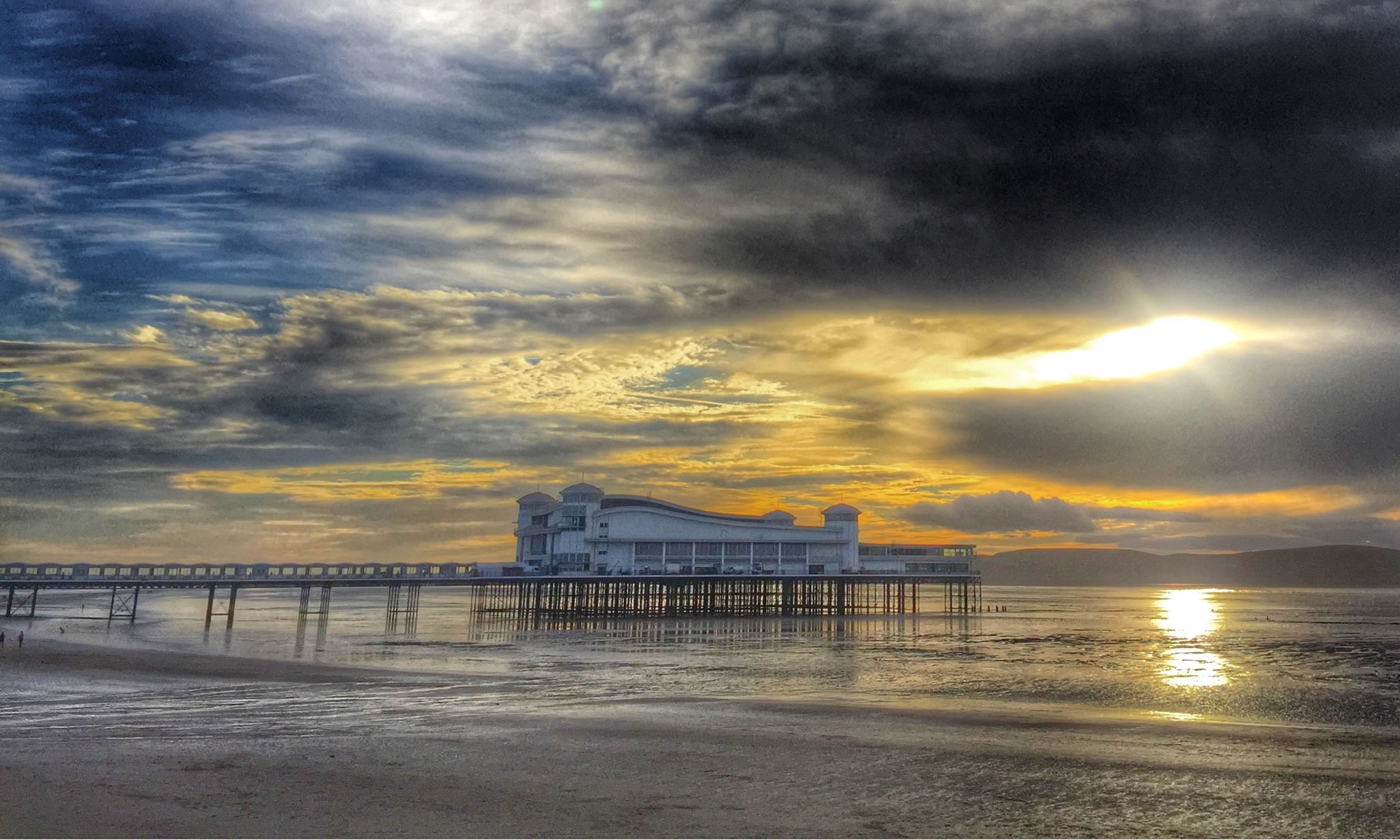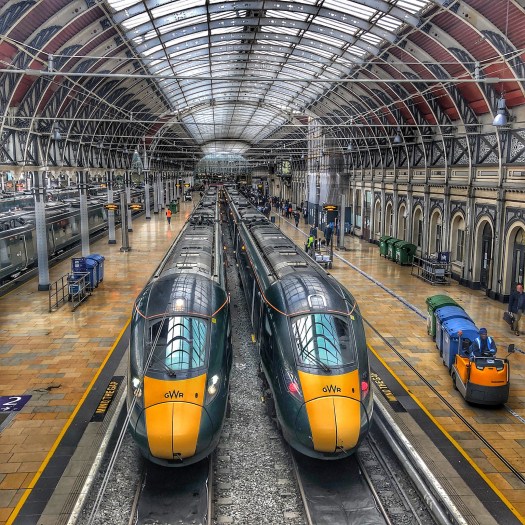St Pauls #365photos2022
Business Design Centre #365photos2022
Prudential Assurance Building #365photos2022
The day we bumped into Rod Stewart
Back in the summer we were visiting relatives in London. We went on a sightseeing walk around London. We were staying in Kingston so caught the train into London. We changed at Vauxhall and caught the tube to Green Park. The aim was to do something of a quick walk around some central London tourist landmarks.
We first walked through the park to Buckingham Palace. We did wonder why anyone would book a deckchair for the whole day to sit in the park.
We took some photographs of the palace and watched as the Guards standing on duty were inspected.
Military officer was riding around on his horse, quite surreal in some respects.
As we walked to Clarence House, we saw Rod Stewart. It was looking like he was filming a music video.
I stopped to take a photograph or two.
One of the reasons for posting this post, was that the video has now been released.
We then walked around to St James Palace. We missed the entrance as we were on the pavement next to the palace, but it was interesting to see what was originally the home of the royals. Through St James Park, through Whitehall, down to see the Houses of Parliament.
It was then pass Downing Street with a couple of protests. Back through Horse Guards Parade.
We then walked past Admiralty Arch into Trafalgar Square.
Then we caught the tube to Waterloo and then caught the train back to Kingston.
Then and Now – St Pancras Railway Station
I took this photograph of St Pancras Railway Station in March 2019 from an office building across from the station.
This is a regular series of blogs about photographs of the same place taken years apart.
I quite like those Then and Now comparison photographs that you see in books or on the Twitter or Facebook.
I always think I should give them a go. However what I have started to notice is that I have been doing Then and Now photographs unintentionally over the years and have been taking photographs of the same thing or place from the same view or perspective years apart. The first instance of this that I noticed was in May 2019 when I went to Manchester. It only really came to my attention that I was doing this a lot, when checking the Places function on the Apple Photos Mac App that I could see I had taken the same photograph of the same thing just years apart!
Back in August 2007 I took this photograph of St Pancras Railway Station.
At the time the station was undergoing an £800 million refurbishment to become the terminal for the Channel Tunnel Rail Link as part of an urban regeneration plan across East London.
London St Pancras International, is a central London railway terminus on Euston Road in the London Borough of Camden. It is the terminus for Eurostar services from Belgium, France and the Netherlands to London. It provides East Midlands Railway services to Leicester, Corby, Derby, Sheffield and Nottingham on the Midland Main Line, Southeastern high-speed trains to Kent via Ebbsfleet International and Ashford International, and Thameslink cross-London services to Bedford, Cambridge, Peterborough, Brighton and Gatwick Airport. It stands between the British Library, the Regent’s Canal and London King’s Cross railway station, with which it shares a London Underground station, King’s Cross St Pancras.
This is the (similar) view of the station which I photographed in June 2016.
Two years later I was back and took a similar shot in September 2018.
This time I was actually catching a train from St Pancras to Paris (and then onto Brest) for a conference presentation.
I was back at St Pancras in August 2021, however I took a photograph from a different perspective.
Close by to St Pancras is Kings Cross Railway Station.
Then and Now – Kings Cross Railway Station
This is a regular series of blogs about photographs of the same place taken years apart.
I quite like those Then and Now comparison photographs that you see in books or on the Twitter or Facebook.
I always think I should give them a go. However what I have started to notice is that I have been doing Then and Now photographs unintentionally over the years and have been taking photographs of the same thing or place from the same view or perspective years apart. The first instance of this that I noticed was in May 2019 when I went to Manchester.
It only really came to my attention that I was doing this a lot, when checking the Places function on the Apple Photos Mac App that I could see I had taken the same photograph of the same thing just years apart!
I took this view in July 2016 of Kings Cross Railway Station in London having noticed that they removed the front ticket office and as a result you could see the Victorian brick structure of the station behind it.
And this was (almost) the same view in January 2018.
Dr Johnson’s House
I was reminded today of this photograph I took of Dr Johnson’s House in London last summer.
Dr Johnson’s House is a writer’s house museum in London in the former home of the 18th-century English writer and lexicographer Samuel Johnson. The house is a Grade I listed building.
It’s very close to our London offices and I sometimes see it when I would go out for a lunchtime walk.
I photographed it again in March of this year as part of my #366photos project this year.
It certainly wasn’t as sunny then as it was back in August.
Back in 2011, Dr Johnson’s House was used as a printer’s workshop.
It’s a lovely piece of London and nestled amongst all the modern office blocks are lovely houses and buildings like this.























